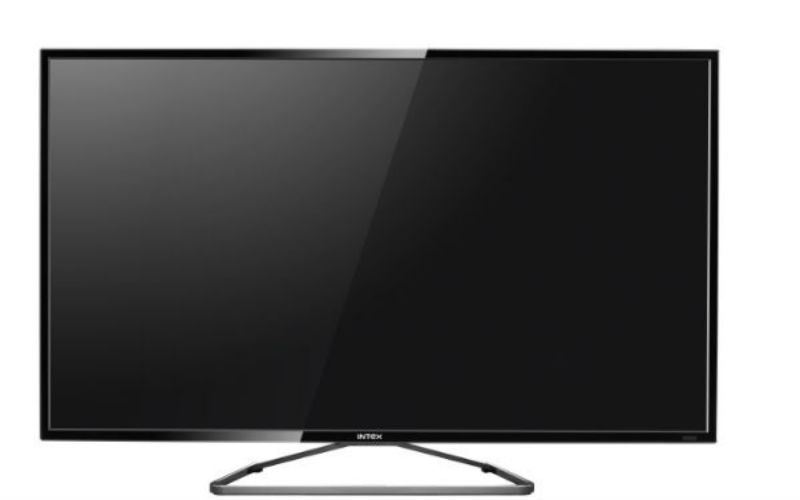Novel liquid crystal may triple sharpness of TV, VR displays
A new blue-phase liquid crystal developed by scientists could lead to display screens with three times sharper and more vivid images.
 Blue-phase liquid crystal can be switched, or controlled, about 10 times faster than the normal type of LCD screens. ( Image for representation)
Blue-phase liquid crystal can be switched, or controlled, about 10 times faster than the normal type of LCD screens. ( Image for representation)
Scientists have developed a new blue-phase liquid crystal that could lead to display screens with three times sharper and more vivid images, an advance that may improve virtual reality headsets, televisions and computer devices.
The new liquid crystal is optimised for field-sequential colour liquid crystal displays (LCDs), a promising technology for next-generation displays. “With our new technology, a resolution density of 1500 pixels per inch could be achieved on the same sized screen,” said Shin-Tson Wu, from the University of Central Florida.
Watch all our videos from Express Technology
“This is especially attractive for virtual reality headsets or augmented reality technology, which must achieve high resolution in a small screen to look sharp when placed close to our eyes,” said Wu, who led the study.
Although the first blue-phase LCD prototype was demonstrated in 2008, the technology still has not moved into production because of problems with high operation voltage and slow capacitor charging time.
Researchers showed that combining the new liquid crystal with a special performance-enhancing electrode structure can achieve light transmittance of 74 per cent with an operation voltage of 15 volts per pixel – operational levels that could finally make field-sequential colour displays practical for product development.
“Field-sequential colour displays can be used to achieve the smaller pixels needed to increase resolution density,” said Yuge Huang, from University of Central Florida.
Also Read: LCD-like flat screens could remotely charge all your devices
Today’s LCD screens contain a thin layer of nematic liquid crystal through which the incoming white LED backlight is modulated. Thin-film transistors deliver the required voltage that controls light transmission in each pixel. The LCD subpixels contain red, green and blue filters that are used in combination to produce different colours to the human eye. The colour white is created by combining all three colours.
Blue-phase liquid crystal can be switched, or controlled, about 10 times faster than the nematic type. This sub-millisecond response time allows each LED colour (red, green and blue) to be sent through the liquid crystal at different times and eliminates the need for colour filters.
The LED colours are switched so quickly that our eyes can integrate red, green and blue to form white.”With colour filters, the red, green and blue light are all generated at the same time,” said Wu. “With blue-phase liquid crystal we can use one subpixel to make all three colours, but at different times,” he said.
The blue-phase liquid crystal also triples the optical efficiency because the light does not have to pass through colour filters, which limit transmittance to about 30 per cent.
Also Read: Foxconn joint venture to build $8.8bn LCD plant in China
Another big advantage is that the displayed colour is more vivid because it comes directly from red, green and blue LEDs, which eliminates the colour crosstalk that occurs with conventional colour filters.
The study was published in the journal Optical Materials Express.







